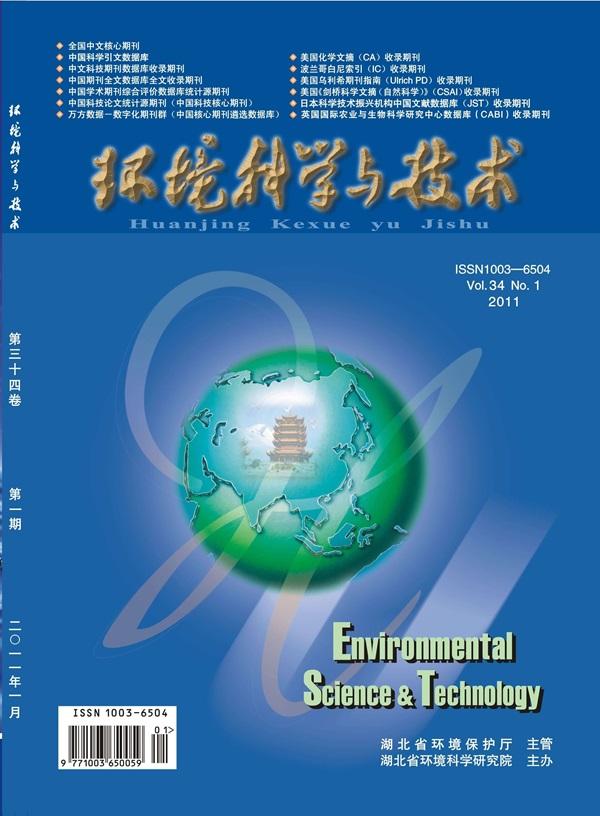Size-Dependent Pulmonary Toxicity and Whole-Body Distribution of Inhaled Micro/Nanoplastic Particles in Male Mice from Chronic Exposure
IF 10.8
1区 环境科学与生态学
Q1 ENGINEERING, ENVIRONMENTAL
引用次数: 0
Abstract
The ubiquitous presence of micro/nanoplastics (MP/NP) in the atmosphere has raised significant concerns about their potential health risks through inhalation, yet the effects of natural respiratory exposure remain underexplored. This study addresses this critical knowledge void by utilizing a whole-body inhalation exposure system to investigate the distribution, accumulation, and pulmonary toxicity of polystyrene MP/NP (1.5 × 105 particles/m3) in male ICR mice (n = 16/group). Fluorescently labeled MP/NP revealed the highest particle accumulation in the lungs, followed by the bloodstream and spleen, with minimal detection in the brain. Unsurprisingly, 80 nm nanoplastics displayed greater intertissue transport efficiency than 1 μm microplastics. Chronic exposure to both microplastics and nanoplastics disrupted oxidative balance and exacerbated oxidative stress within the extracellular environment of the lungs. The impaired antioxidant defenses and disrupted intra- and extracellular metabolism led to inflammation, apoptosis, and fibrosis. Intriguingly, 1 μm microplastics induced more severe pulmonary toxicity than their smaller counterparts, promoting epithelial–mesenchymal transition and fibrosis. These findings underscore the need for a nuanced understanding of size-dependent toxicities of inhalable plastic particles and highlight the health risks posed by airborne MP/NP.

求助全文
约1分钟内获得全文
求助全文
来源期刊

环境科学与技术
环境科学-工程:环境
CiteScore
17.50
自引率
9.60%
发文量
12359
审稿时长
2.8 months
期刊介绍:
Environmental Science & Technology (ES&T) is a co-sponsored academic and technical magazine by the Hubei Provincial Environmental Protection Bureau and the Hubei Provincial Academy of Environmental Sciences.
Environmental Science & Technology (ES&T) holds the status of Chinese core journals, scientific papers source journals of China, Chinese Science Citation Database source journals, and Chinese Academic Journal Comprehensive Evaluation Database source journals. This publication focuses on the academic field of environmental protection, featuring articles related to environmental protection and technical advancements.
 求助内容:
求助内容: 应助结果提醒方式:
应助结果提醒方式:


